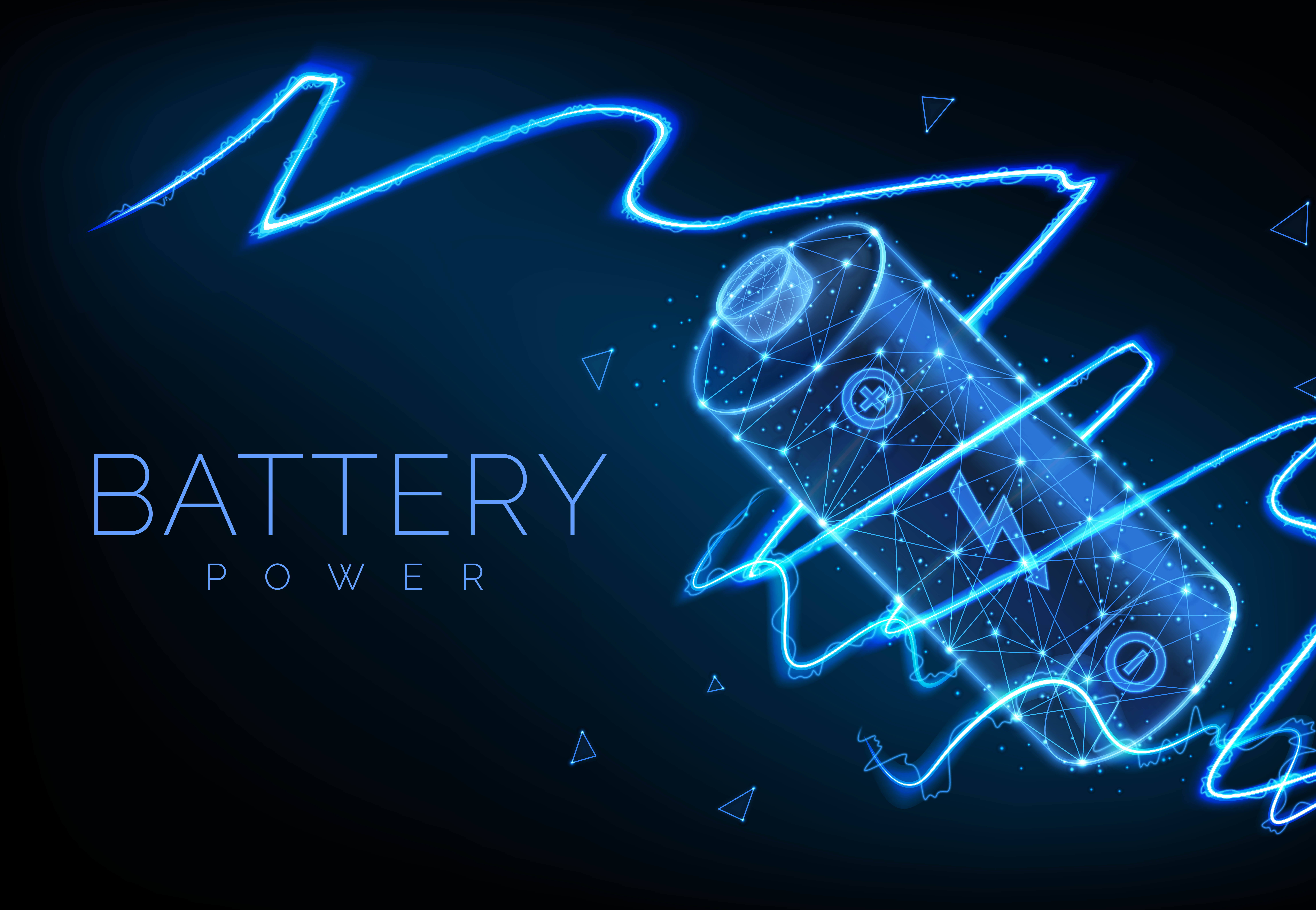
E-Mobility &
Infrastructure
Smart charging solutions for a wide range of vehicle classes
Analyze the needs of cities, operators and drivers
Improvement of the total vehicle costs
Development of innovative charging management strategies
Truck Platooning
Car-to-Car-Communication
Investigating the effect of energy-efficient, semi-automated truck platoons
Efficient Power Electronics
Advancements in Electric Vehicle Technology: GaN and SiC Power Electronics for Enhanced Performance and Efficiency
State-of-the-art research relies on gallium nitride (GaN) for e-vehicles and hybrid vehicles.
At the VIRTUAL VEHICLE, we deal with all areas of gallium nitride (GaN) power electronics (from base materials to complete subsystems). Improving reliability and applications with lower voltages, such as 48 V systems, is the focus of our research in this area.
In addition, the latest silicon carbide (SiC) components are being introduced into new architectures, controls and applications for advanced inverter systems in high-performance powertrains and test systems to reduce energy losses and reduce the weight and size of components in modern EV powertrains.

Optimized Energy Management
A Focus on Optimized Energy Management and Innovative Technologies at VIRTUAL VEHICLE
One of the biggest obstacles to the large-scale introduction of electric and plug-in hybrid vehicles is the limited storage capacity of electric batteries, which limits the range of the vehicles. This obstacle can be overcome through optimized energy management and optimized energy use. It will require a vehicle occupant-centric approach, taking into account space, cost and complexity requirements.
In particular, VIRTUAL VEHICLE intends to develop a number of innovative core technologies (such as integrated thermal management systems) and complementary technologies (local air conditioning, PV panels, etc.) in combination with intelligent control systems (“eco-driving” and “eco-routing”).

Innovative Charging Technologies
Evolving Electric Vehicle Infrastructure: Smart Charging and Digital Twins for Grid Optimization
With the rapidly increasing number of electric vehicles, the demands on the required infrastructure and the load on the power grid are also increasing. Innovative charging technologies such as smart charging, vehicle-to-home, vehicle-to-building and vehicle-to-grid can not only reduce the load on the power grid, but also actively contribute to grid stabilization.
VIRTUAL VEHICLE is working on “digital twins” to simulate and optimize the entire charging chain (from energy generation to the e-vehicle). Investigating and modeling user behavior is crucial, as the conduct of e-vehicle owners significantly influences the outcome.

